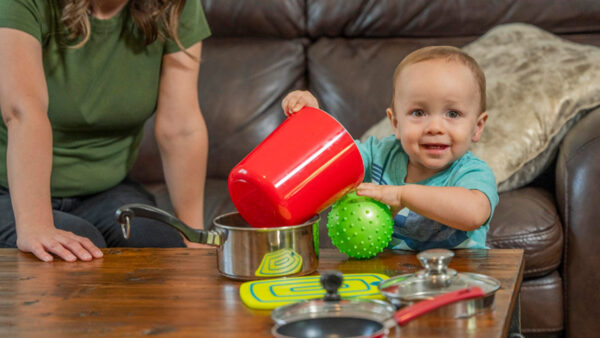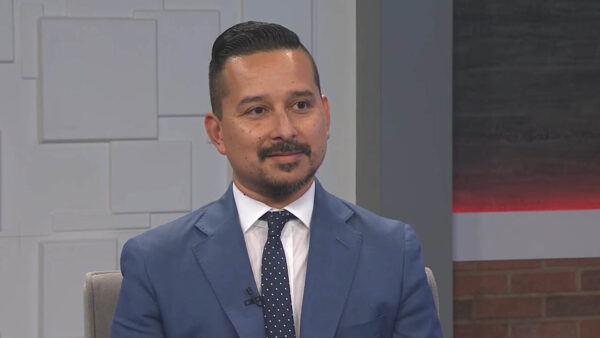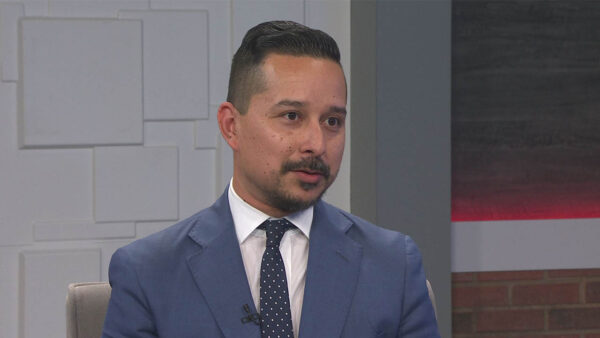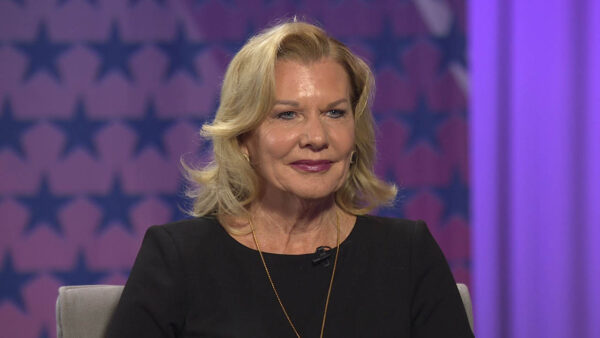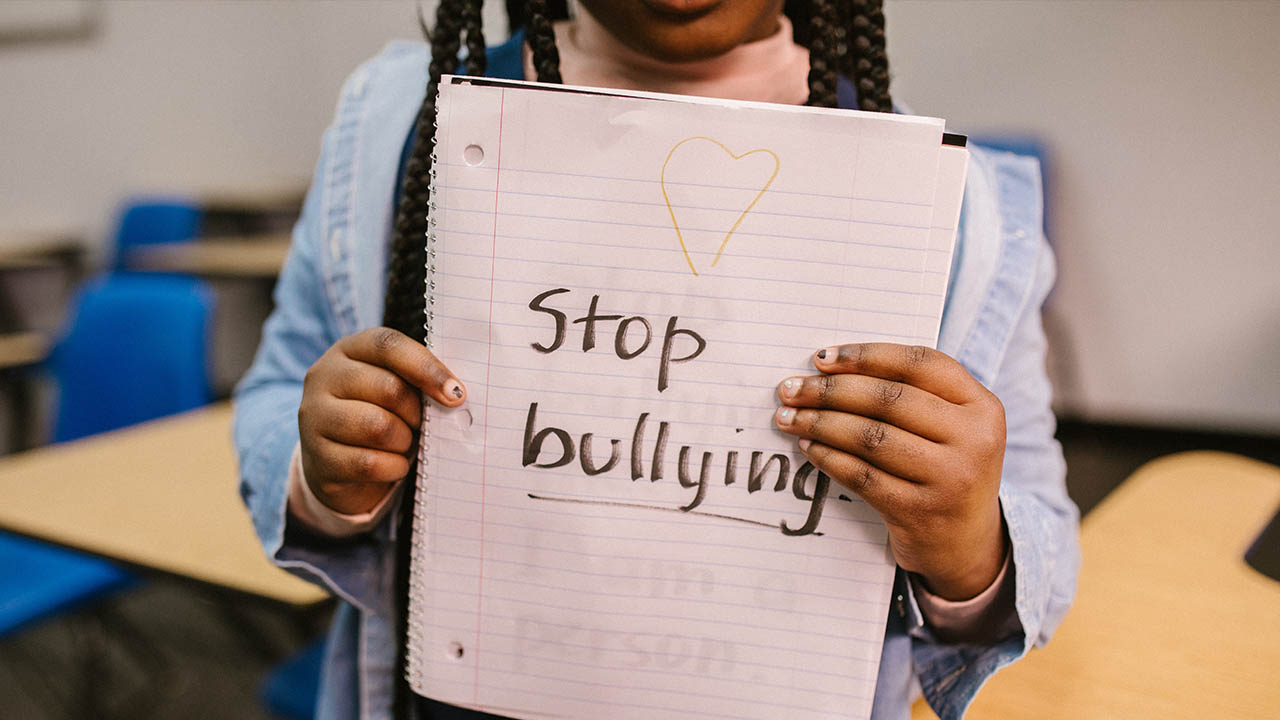
Bullying in the elementary classroom
Sept. 26, 2022
Bullying affects many schools nationwide, and there are many things we can do as adults to support our children, and even prevent bullying from happening in the elementary classroom. October is National Bullying Prevention Month: Here are four ways you can help.
1. Know and teach a clear definition of bullying
According to StopBullying.gov, “bullying is unwanted, aggressive behavior among school aged children that involves a real or perceived power imbalance. The behavior is repeated, or has the potential to be repeated over time. Both kids who are bullied and who bully others may have serious, lasting problems.”
As an elementary teacher, my biggest emphasis is always on making sure the unwanted behavior is repeated or has the potential to be repeated. Sometimes our younger kids might not have a clear definition of bullying, and accuse someone of being a bully if they accidentally pushed them in line. It is imperative for us as adults to teach our students what bullying is and what it is not. However, we should also tell students that if they are unclear, they should still consult with their parents and/or teacher to help them decipher.
2. Refrain from labeling
Instead of labeling students “the bully” or “the victim,” it is best to change our words to something like “the child who bullied” or “the child who was bullied.” By making this switch, we accept that behaviors can change. The elementary years are essential to shaping children’s esteems and it is best that we don’t label them to the point where they use that label as a crutch or motive.
3. Offer SEL (Social Emotional Learning) in the classroom
According to StopBullying.gov, “children and teenagers who feel secure and supported by their family, school and peers are less likely to bully.” Especially after the hard years we have all endured, students’ emotional needs should be acknowledged. Find ways to allow students to express anything that they might be going through, so that they feel heard and understood.
4. Look for warning signs
Has your child changed in a drastic way? Do they have constant nightmares or lack of sleep? Do they hate going to school out of nowhere? These are all signs that something could be wrong. Create a strong village and establish clear communication with your child’s teacher so if something is going on, it is caught quickly. Statistics from the 2018 Indicators of School Crime and Safety – PDF show that only 20% of school bullying incidents were reported.
Also remember – when you do intervene, model respectful behavior. It is frustrating to see your child bully or be bullied. Your feelings are with reason! However, children are always watching us as role models. They need to see us handle big, stressful situations in a calm, respectful manner. Some children do not like to make their parents upset in any way, so keeping our cool also helps keep them calm as the problem gets resolved. Then they know they can go to you for guidance at any time.
About the author

Marissa Will is the mother of two, Olivia (5) and Logan (3). Writing was her first passion: she’s a freelance writer and a Walter Cronkite School of Journalism and Mass Communication alumna. Will is currently educating the future leaders of tomorrow: She has spent the past eight years teaching third grade with a master’s degree in elementary education from Northern Arizona University-Yuma.








